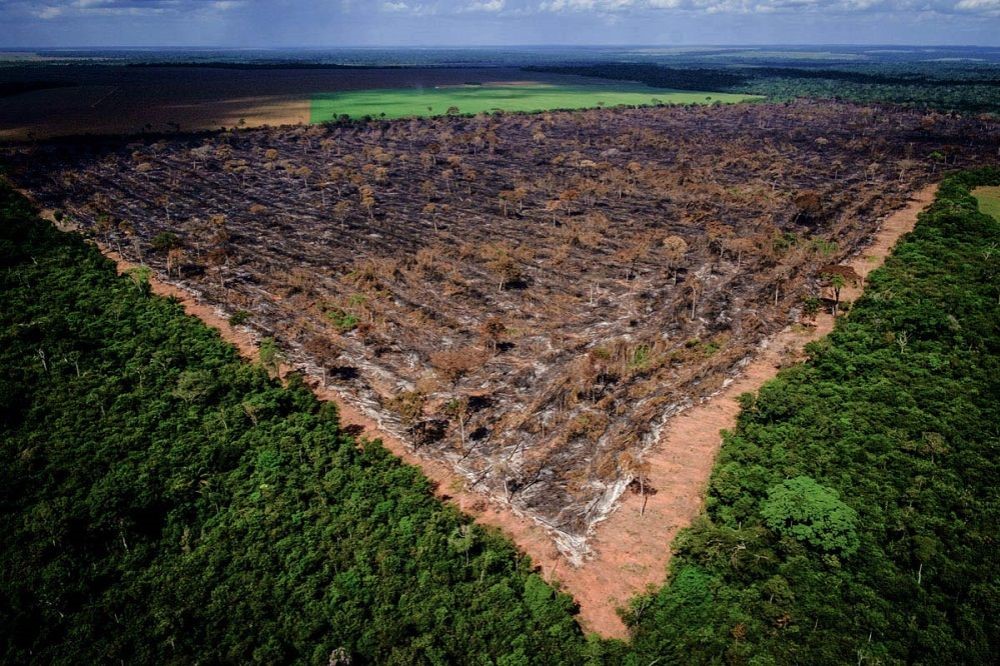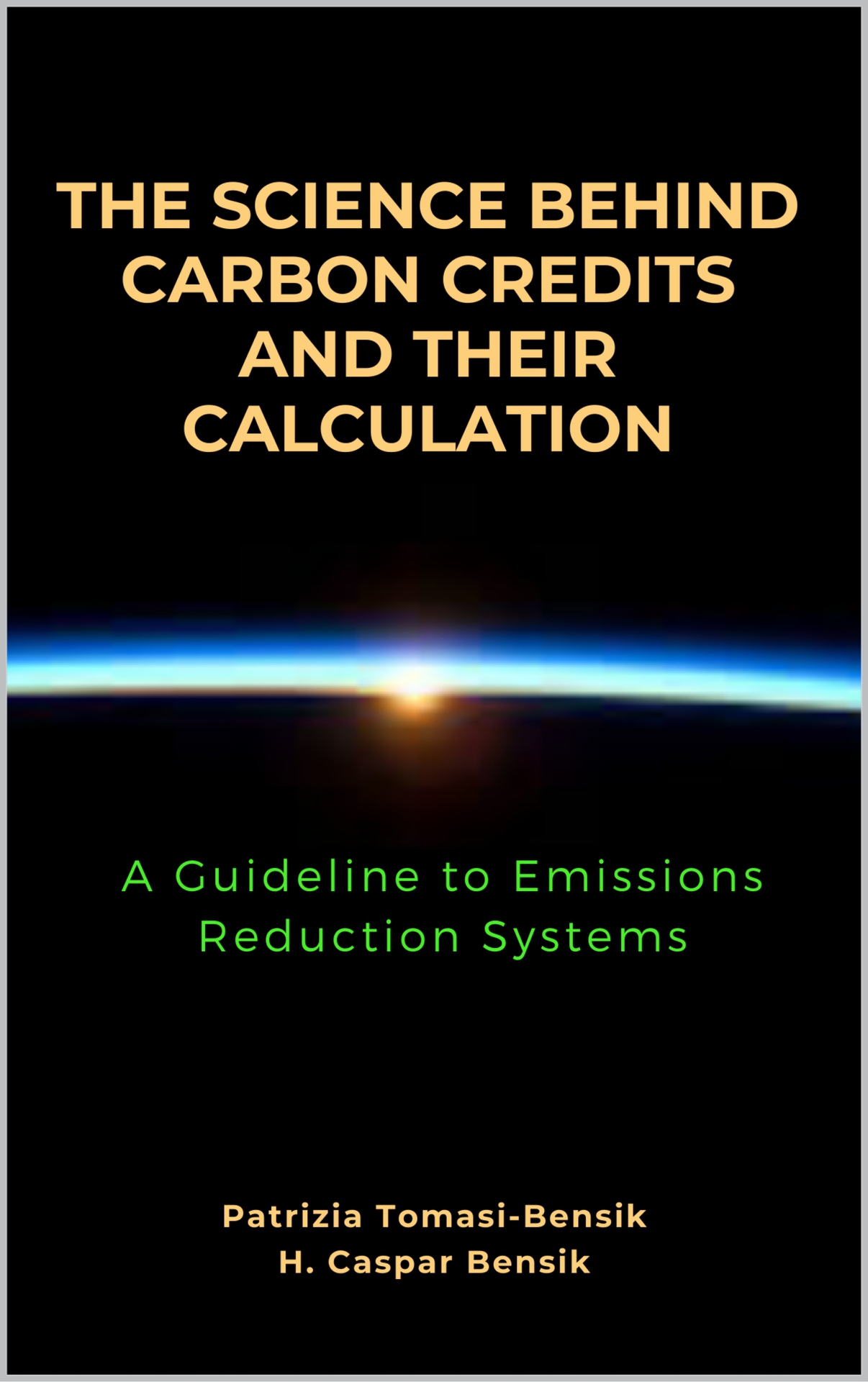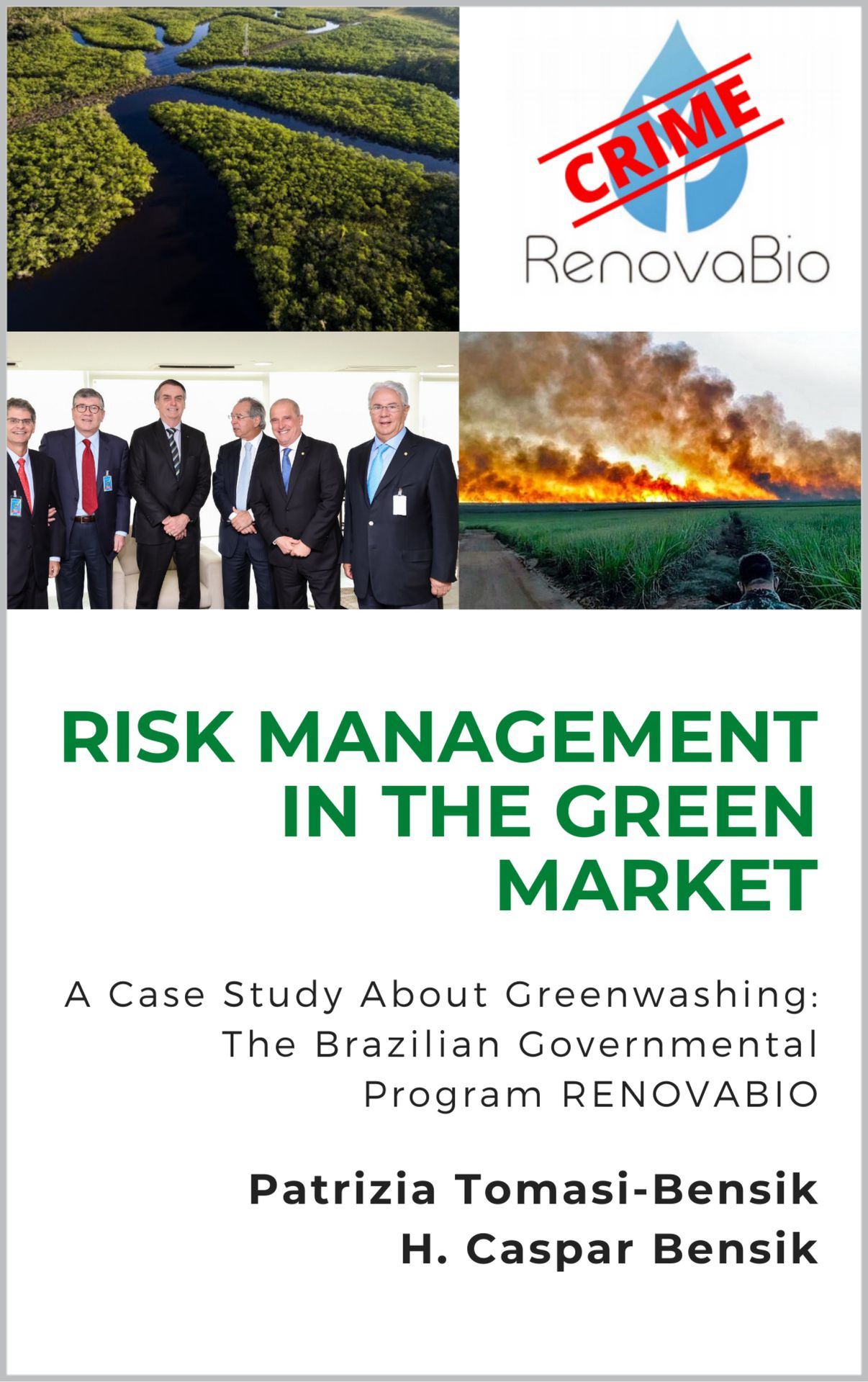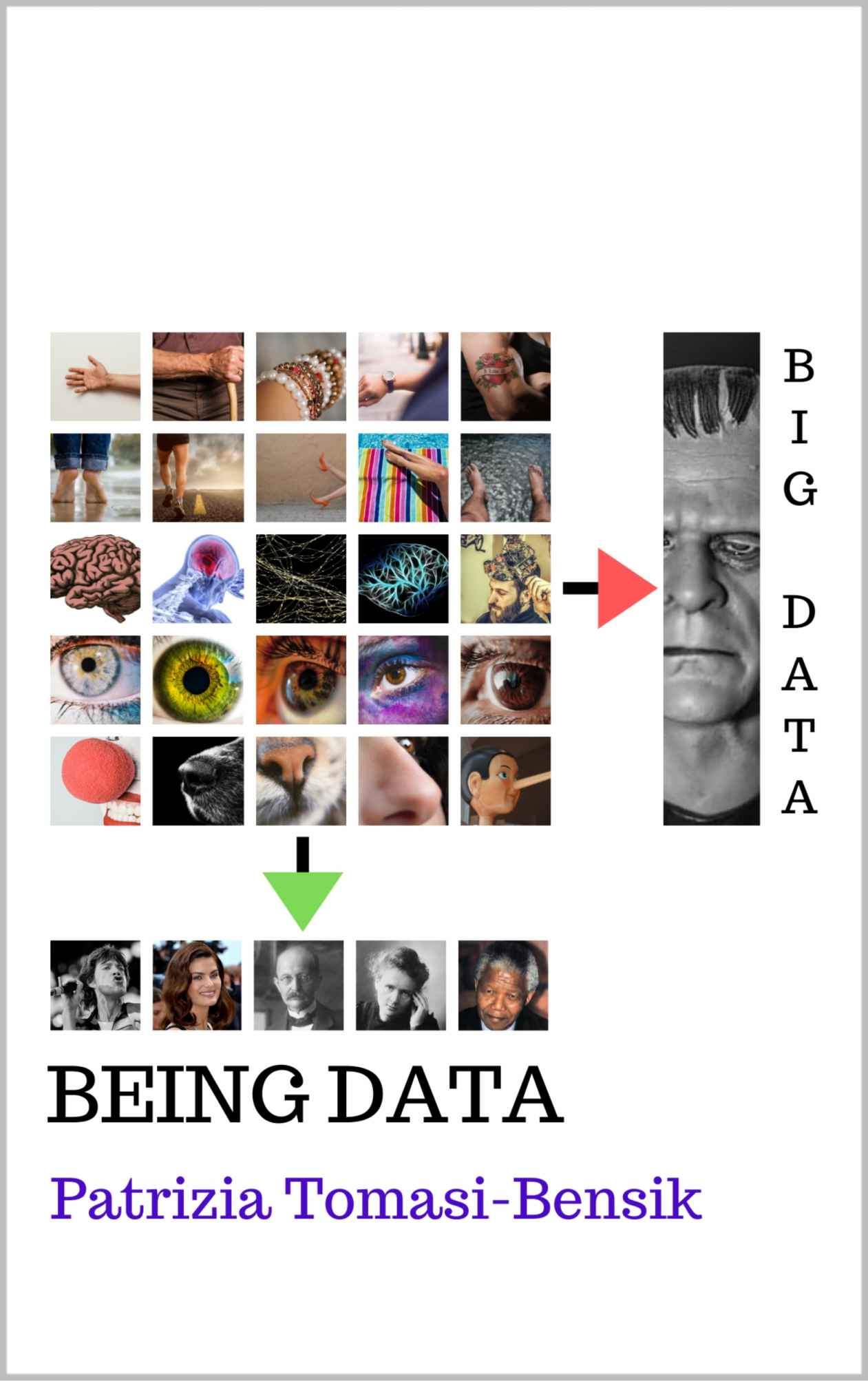Planck E PressCenter Articles
Brazilian Fuel Farms
Date published: 2022-10-28
Date modified: 2022-10-28
Reading time: 00:04:33

“The Nation that destroys its soil destroys itself.”
Franklin Delano Roosevelt
Currently, Brazil has about 64 million hectares of farmland. Of these, 10 million, or 16% of the total, is dedicated exclusively to planting sugarcane.
In 2019, the country produced 661,374,000 tons of sugar cane. Of this total, 185,184,720 tons represent bagasse, and 185,184,720 tons represent sugarcane straw.
According to the National Energy Balance 2020 (from EPE, a Brazilian energy research company), 8.4% of the electricity production in the country comes from biomass, with 5.9% being the participation of sugar cane (straw and bagasse). That is, of the 601,371 GWh (IEA) generated in the country in 2019, 35,481 GWh were produced with biomass from the sugar and alcohol sector. On average, one ton of cane has the potential to generate 35kwh.
Therefore, of the 661 million tons produced in 2019, a little over 101 million tons of cane were used in generating electricity (e.e.) in the country. The average use of sugarcane bagasse for purposes other than e.e. is 11.65%, which leaves a balance of residual bagasse and straw in the open (waste) of 235,256,220 tons.
Studies, specifically related to Brazil, show that GHG emissions from sugarcane planting are equivalent to 2.41331593tCO2e/ha per year, while CH4 emissions from residual straw and bagasse are equivalent to 1.1593tCO2e/ha per year.
Thus, the manufacturing of ethanol (up, mid and downstream) occasions an average of 619g CO2e/L, while the burning of ethanol gives rise to 1,524.2g of CO2e/L.
According to data from the European Commission (DG ENER), the diesel oil production chain (up, mid and downstream) generates 285.48g CO2e/L, while gasoline originates 229.89g CO2e/L.
The burning of gasoline generates an average of 2,353.4g of CO2e/L, and that of diesel oil produces an average of 2,681.7g of CO2e/L.
With these figures in hand, let’s get to the facts.
The complete cycle of GHG emission related to ethanol is 2,143.2g CO2e/L, gasoline is 2,583.29g CO2e/L, and diesel oil is 2,967.18g CO2e/L.
In another light or that of absolute values, only the planting and resulting residues from the sugarcane harvest generated –in 2019- 32,153,544 tons of CO2e; leaving aside other environmental issues, such as soil degradation from monocultures, or social issues, such as slavery and the impossibility of small and medium-sized farmers to coexist in these regions.
According to the IPCC (Intergovernmental Panel on Climate Change) data, land use and land-use change in Brazil, including deforestation, produced 968 million tCO2e emissions in 2019, accounting for 44% of the country’s total GHG emissions that year. In other words, 3.3% of GHG emissions related to land use and land-use change in the country are due to the planting and harvesting of sugar cane.
The UNCC, the UN branch that takes care of climate change, has already officially commented on the non-additionality of project activities involving simply the production of biofuels.
The technical framework related to the generation of decarbonization credits, created by the UNCC and adopted by all organisms, countries, and earnest standards on the planet, has been in development for 25 years and has the most renowned scientists in the world.
According to the UNCC, project activity is apt to the condition of generating decarbonization credits as long as it meets two requirements:
1. Remove (or not emit) a volume of GHG from the atmosphere, which would not occur without the proposed project activity and
2. Be additional.
Item 1 is obvious. Item 2 is responsible for creating the standard, methodologies, tools, and guidelines; it is the second item that gives rise to the need for the Executive Board, COPs, MOPs, and COP/MOPs. Item 2 allows for the confirmation -through objective evidence - of the removal of something intangible, so contrary to our notion of work, which has not changed for 700 years: for we become compensated when we add something and not when we take it away.
Since the end of the Bretton-Woods system in 1973, the world economy has been based on faith. How to introduce a new element that removes something intangible, goes against our primal instincts of receiving for aggregating, and deals with something that we will never have all the information about, like a carbon credit?
With science. With objective evidence. With technical rigor. With ethics.
Let's get back to Brazil.
In the current government, the Ministry of the Environment deconstructed the already fragile environmental policy that was in place before. And contrary to any logic, it's the Ministry of Mines and Energy enforcing a government program that aims to remove greenhouse gases from the atmosphere. Although illogical, the initiative would be welcome, were it not for a few details: the RENOVABIO program reserves and manipulates the market, in addition to producing false carbon credits, the CBIOs.
Evidently, the fact that the major contributor to the 2018 election campaigns is the most substantial representative of the sugar and ethanol sector in the country carries significant weight. Traditionally, sugar and alcohol producers have a strong representation in the Brazilian political scenario. So much so that a sector representative was elected federal deputy in 2014. In his only term, he proposed the law that created the RENOVABIO program in 2017. Mission given, mission accomplished. The day after his term ended, Evandro Gussi assumed the presidency of the União da Indústria de Cana-de-Açúcar-ÚNICA, the organization formed by the top ethanol-producing plants in the country responsible for producing the largest share of ethanol on the planet.
The unanswered question: why?
Why does Brazil have a government program that generates false carbon credits?
Because who dictates the rules in today's battered Brazil is the sugar and alcohol sector, the owner of the infamous fuel farms.
Brazilian soy production, in 2021, occupied 39,196 million ha; corn, 19,944 million ha, and sugar cane, 10,226 million ha.
Adding COVID19 and the war in Ukraine to the equation, of the almost 213 million people currently in Brazil, 33 million are going through some form of food restriction. More than 15% of the Brazilian population is –today- dealing with hunger.
Meanwhile, the government guarantees that fifteen or twenty cents more in fuel prices allow the sugar and alcohol sector to remove greenhouse gases from the atmosphere.
The false carbon credits, generated simply upon presentation –by the mill- of the volume produced and/or imported, are registered by two of the largest banks operating in Brazil, Santander and Bradesco, and traded –exclusively- on the largest exchange in Latin America, B3. If that wasn't enough, on May 10, 2022, these fake CBIO credits were trading at R$100.00. On June 30, 2022, the value of these CBIOs reached R$209.50. How?
The largest ethanol producer in the world is Raízen. Raízen generates CBIO.
The second-largest network of fuel distributors in Brazil is Raízen, associated with Shell. Raízen buys CBIOs to meet the target imposed by the government on fuel distributors.
Meanwhile, 33 million Brazilians are going hungry.
Recent Presscenter Articles
-
The Parametrization of Science
-
A Scientific Impossibility
-
The Unsustainable Stability of the Atom
-
The Bell-Curve and the Neutron
Planck E - Books
For further information about Planck E PressCenter, please contact us.
Divulging ingenious solutions
The mission of the Planck E PressCenter is to promote ideas, products and theories that have not yet reached the mainstream, as captured in our first release Eccentrics and their Ingenious Solutions.
Newsletter
Sign up for our weekly Planck E Newsletter, complete with the latest ingenious solutions.
Click here for the signup form.
Submit your ingenious solution
We encourage you to submit your ingenious solution, article, press release or "out of the mainstream" technical idea for publication on the Planck E PressCenter. Please send us an e-mail to presscenter@planck-e.com and enquire how.
To learn more about holistic engineering, solutions inspired by nature, monetization of diseconomies, training courses or the incorporation of Being Data to your day-to-day, please follow us on the social networks.



